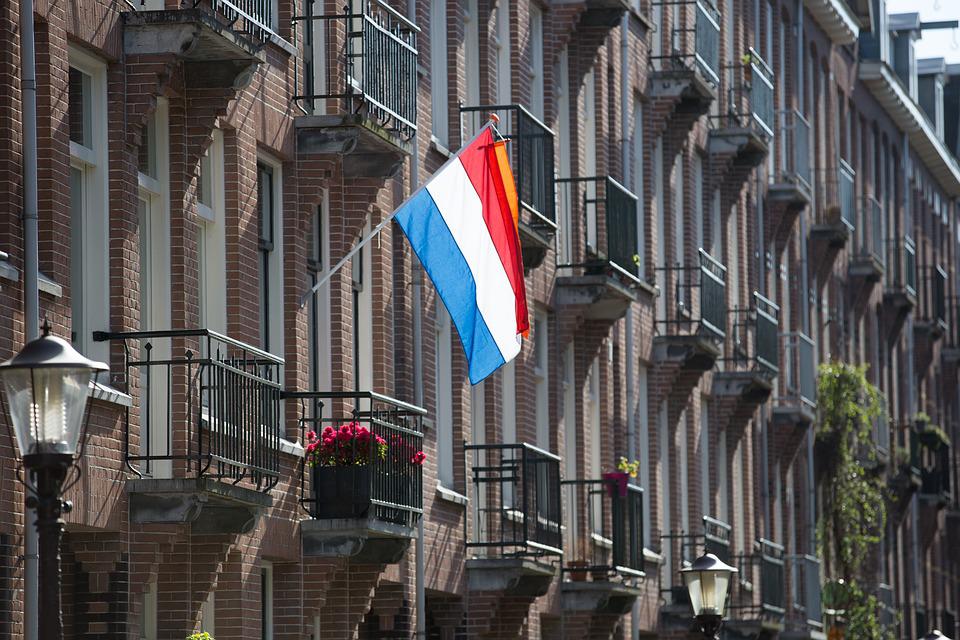Author: Julia Sun
On June 24, the Netherlands released a new development cooperation strategy, based on trade and development priorities, and focusing on 25 priority countries.
On June 24, the Dutch government released a new development cooperation strategy "Doing What the Netherlands is Good at." The strategy is based on trade and development priorities, focuses on digitalization and sustainability, and focuses on key areas such as water, agriculture, sexual and reproductive health and rights (SRHR) and 25 priority countries. In 2023, the Dutch official development assistance budget will increase by US$1.1 billion. Of this amount, US$90 million will be allocated to key areas and priority countries.
What are the key words of the new strategy?
trading: Dutch trade policy will focus on a small number of developing countries, focusing on improving the profitability of the Netherlands, and uniting trading partners to strengthen sustainability, digitalization, economic resilience, and support fair competition among enterprises. In addition, the Netherlands continues to promote EU international corporate social responsibility (ICRSR) legislation.
development cooperation: Focus on the root causes of poverty, terrorism, irregular migration and climate change, and continue to promote the achievement of the United Nations Sustainable Development Goals (SDGs). After experiencing the COVID-19 epidemic, the Netherlands will increase its support and investment in the global health system. In addition, the Netherlands will continue to support traditional areas of strength such as water management, agriculture, and sexual and reproductive health and rights (SRHR).
trade and development cooperation: Dutch businesses will be more involved in supporting 14 emerging economies to improve sustainability, increase investments in digitalization, and strengthen connections between Dutch institutions and local partners to achieve the Sustainable Development Goals. Among them, public-private partnerships (PPP) focusing on export and innovation policies are considered particularly important.
Dutch official development assistance
In 2021, the Netherlands' total official development assistance was US$5.3 billion*, accounting for 0.52% of gross national income (GNI), ranking sixth among member countries of the OECD Development Assistance Committee (OECD DAC).
In 2020, the Netherlands' gender equality-related funds in official development assistance reached 35.6%, accounting for the highest proportion among OECD DAC member countries. The Netherlands is also one of the largest donors of trade-based aid. In 2020, the Netherlands’ unconditional official development assistance accounted for 99.4%. *OECD preliminary data
Why reduce priority countries?
Compared with the previous development cooperation strategy, which focused on a wider range of key areas, in the next few years, Dutch development and trade policies will focus on 25 priority countries. The new strategy aims to achieve more results with the same resources by focusing on a few priority countries. The Netherlands’ policies towards the 25 priority countries also have different priorities. Among them, 22 countries focus more on development cooperation, while some other countries focus on combining trade and development. In addition, the Netherlands’ focus will remain on regions such as the Sahel, the Horn of Africa, and the Middle East and North Africa.

What is the progress towards achieving the 0.7% target in 2025?
In 2021, Dutch official development assistance accounted for 0.52% of gross national income. If the Dutch economy continues to recover from the COVID-19 epidemic, the proportion of the official development assistance budget in gross national income will continue to increase. From 2022 to 2024, the official development assistance budget will increase by approximately US$320 million. From 2025, the official development assistance budget is expected to increase by approximately US$540 million per year.
By increasing official development assistance, the Netherlands hopes to achieve the following goals by 2030:
- Ensure 100 million people have access to renewable energy
- Ensure an additional 4 million people have better nutrition
- Mobilize $1.9 billion for public and private climate finance
- Reviving a sustainable development agenda hampered by COVID-19 and climate change through digital and innovative finance
- Addressing the root causes of irregular migration through migration partnerships and sustainable shelter for refugees and displaced persons
What changes will the new strategy bring?
The new strategy shows that Dutch development cooperation will pay more attention to trade and focus on leveraging the expertise of the private sector in innovation and sustainable development, as well as its role in development cooperation. A large part of the new official development assistance budget will be used for climate financing, and 50% of the total public climate financing will be used for climate adaptation.
In addition, the Netherlands is expected to release a series of strategic documents in early 2023, including the Africa Strategy, Global Health Strategy, International Climate Strategy, Commodity Strategy, and Multilateral and Human Rights Policy Memorandum. These new strategic documents will give more details on the Netherlands' future development cooperation policies, thereby alleviating concerns about the lack of specific details in the new development strategy.

What is the response to the new strategy?
The new development cooperation strategy went through multiple consultations with civil society organizations (CSOs), business circles, academia, experts in various fields and young people before it was released. Civil society organizations and academics have criticized the new strategy for being too focused on trade, lacking in detail, and taking only a donor perspective. Action Aid, a Dutch civil society organization, pointed out that the Netherlands’ current trade methods may lead to inequality, human rights violations, climate and environmental problems, and food shortages in developing countries. Other critics believe that policy choices in the new strategy are based more on parliamentary motions than on independent and science-based research, and that the strategy's definition of "green", "sustainable" and "digital" transformations is too vague.
Although the new strategy has attracted a lot of criticism, all walks of life in the Netherlands have welcomed the increase in climate finance support from official development assistance and continued support for traditional Dutch development cooperation priorities such as sexual and reproductive health. Dutch civil society organizations said the new strategy’s focus on traditional Dutch priorities demonstrates the country’s commitment to long-term engagement, which is key to lasting impact.
All rights reserved, please indicate the source when citing.
References:
Development Co-operation Profiles – Netherlands (oecd-ilibrary.org)
https://www.un-ihe.org/sites/default/files/beleidsnota_managementsamenvatting_engels.pdf
Past review
- What does the new UK international development strategy say?
- UK's 30% Reduction in Foreign Aid Budget Raises Concerns
- Constricted Aid Budgets and Dwindling Support: UK NGOs' Struggle to Forge Ahead
- Preliminary Statistics of 2021 Official Development Assistance: What is Behind the Numbers?
- What are the five major impacts of the Russia-Ukraine conflict on international development?
- New Trends of Global Donor Countries in 2021: Development Cooperation in the Era of Pandemic (Europe)

